INDIANA JONES AND THE TEMPLE OF DOOM (1984)
In 1935, Indiana Jones is tasked by Indian villagers with reclaiming a rock stolen from them by a secret cult beneath the catacombs of an ancient palace.

In 1935, Indiana Jones is tasked by Indian villagers with reclaiming a rock stolen from them by a secret cult beneath the catacombs of an ancient palace.


Few names are as deeply embedded in popular culture as Indiana Jones. By day, he’s a world-famous archaeology professor; by night, a heroic adventurer. Our opening sequence finds him in Shanghai, on the hunt for a priceless diamond.
But the adventure doesn’t stop here: after hijacking a plane and flying over the Himalayas, Indy (Harrison Ford), Short Round (Ke Huy Quan), and Wilhelmina “Willie” Scott (Kate Capshaw) are all forced to parachute out in an inflatable dinghy to avoid a crash-landing. They drift down a river and find themselves in India, where a tribal chief pleads with Indy to retrieve magical stones and rescue children kidnapped from his village.
Indiana Jones and the Temple of Doom wasn’t universally loved upon release. It was considered to be far too dark, with furious parents complaining about the sheer number of nightmares their children endured as a result. However, re-watching this classic romp, it’s clear there’s plenty to appreciate and criticise in equal measure, making it one of the more interesting entries in the franchise.
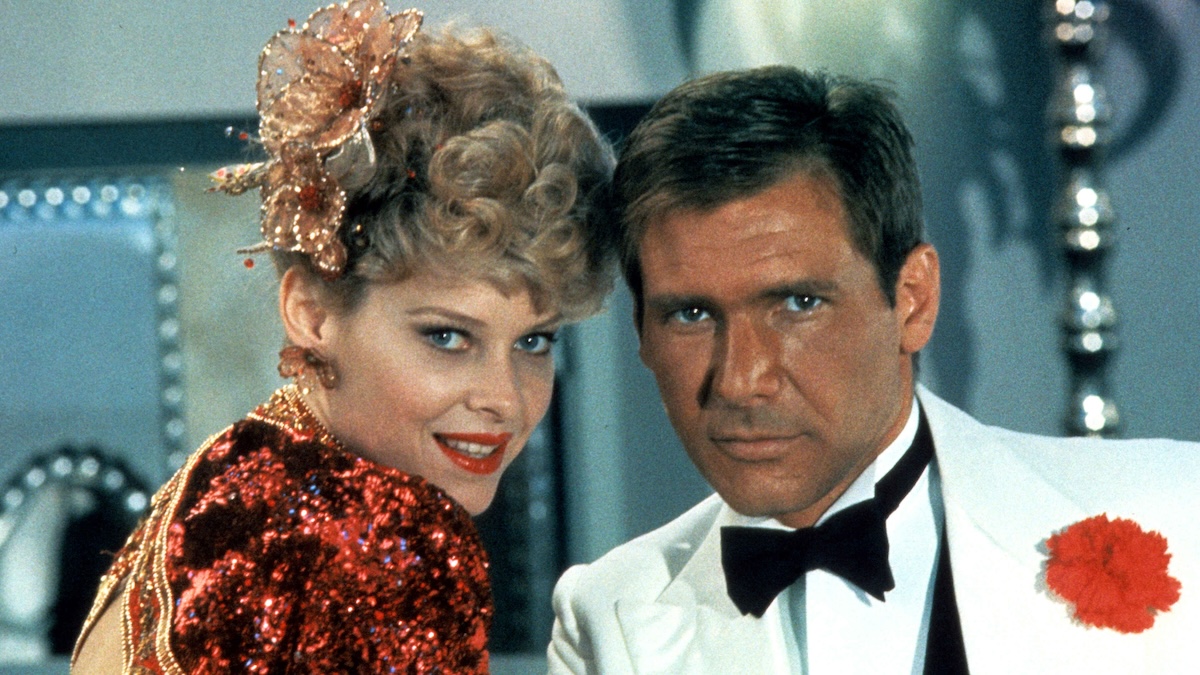
The tagline for the film was certainly prescient: ‘If adventure has a name… it must be Indiana Jones’. The position Ford’s character holds in pop culture is undeniable: any protagonist with a penchant for adventure has since been compared to Indiana Jones. The exotic locations and litany of dangers they present all create a vivid tableau of thrilling escapades undertaken in a bygone era. The Mummy (1999) and Pirates of the Caribbean: The Curse of the Black Pearl (2003) all bear a striking resemblance to this formula.
It seems that producer George Lucas and director Steven Spielberg intended to make a film that could easily be marketed on lunchboxes, featuring characters that could be turned into toys, and sequences that could be readily transformed into themed roller coasters. Even the title of the film sounds like an amusement park attraction, designed to entice young kids just developing a taste for cinematic adventure.
One could argue that Lucas drew inspiration from directors like William Castle, whose films, such as House on Haunted Hill (1959), featured set pieces designed to function as merchandise after release. There exists a world of consumerism outside this fictional world, but one can’t help but feel as though they are inextricably linked. The film sometimes feels little more than a children’s toy catalogue, advertising the merchandise that will be on the market just before the back-to-school period.
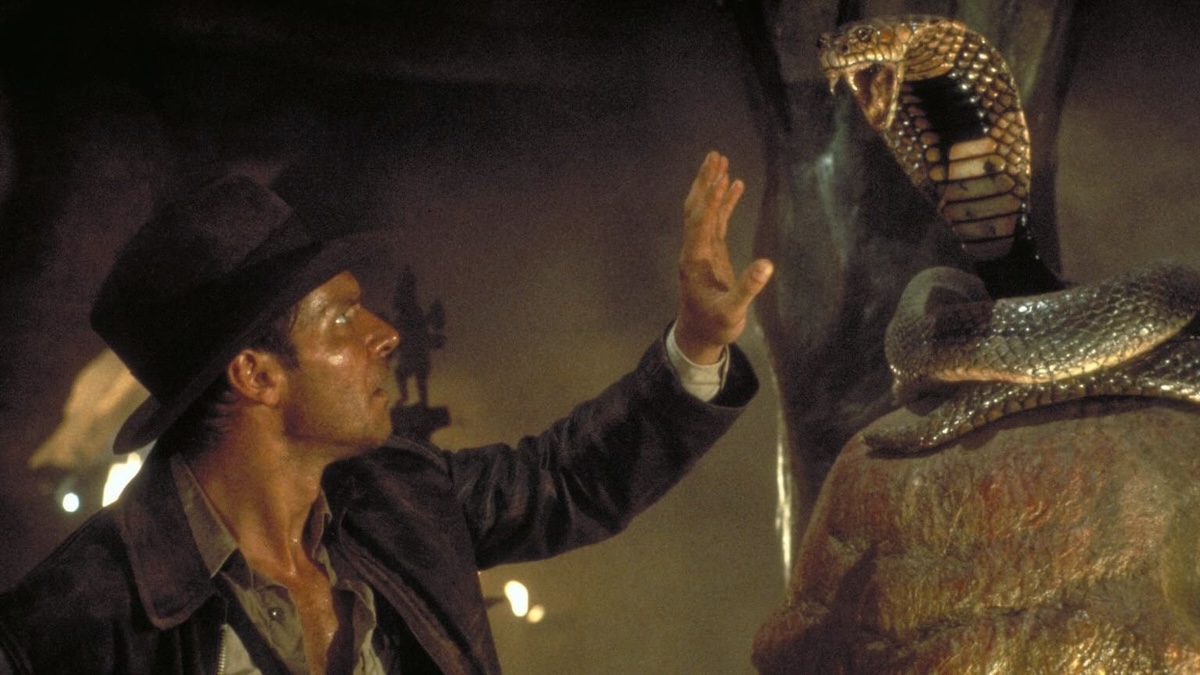
Given that this is all designed to appeal to younger audiences, the frightening, sinister tone of the film is a curious choice. Story writer George Lucas wanted the movie to be much darker than its predecessor; having recently come out of a divorce, his worldview seems to have been heavily affected. Spielberg, who had also just ended a relationship, agreed with his friend. The lesson learned was that recently divorced men don’t necessarily make great films for kids. In the sequence where our primary villain rips a beating heart out of a young boy’s chest, one can’t help but wonder if this was Lucas’s way of processing a gruelling divorce—but perhaps this wasn’t the most appropriate film to do so.
The duo’s world-weary pessimism ran so deep that they originally titled the film Indiana Jones and the Temple of Death. However, Spielberg eventually worried it would be too foreboding. He might have been right… They overlooked the fact that changing the title wouldn’t affect the film’s overall macabre atmosphere. The final product was so bleak and morbid that it led to changes within the MPAA’s rating system. As PG was clearly too lenient for this film, we can directly thank Indiana Jones and the Temple of Doom for the introduction of the PG-13 rating.
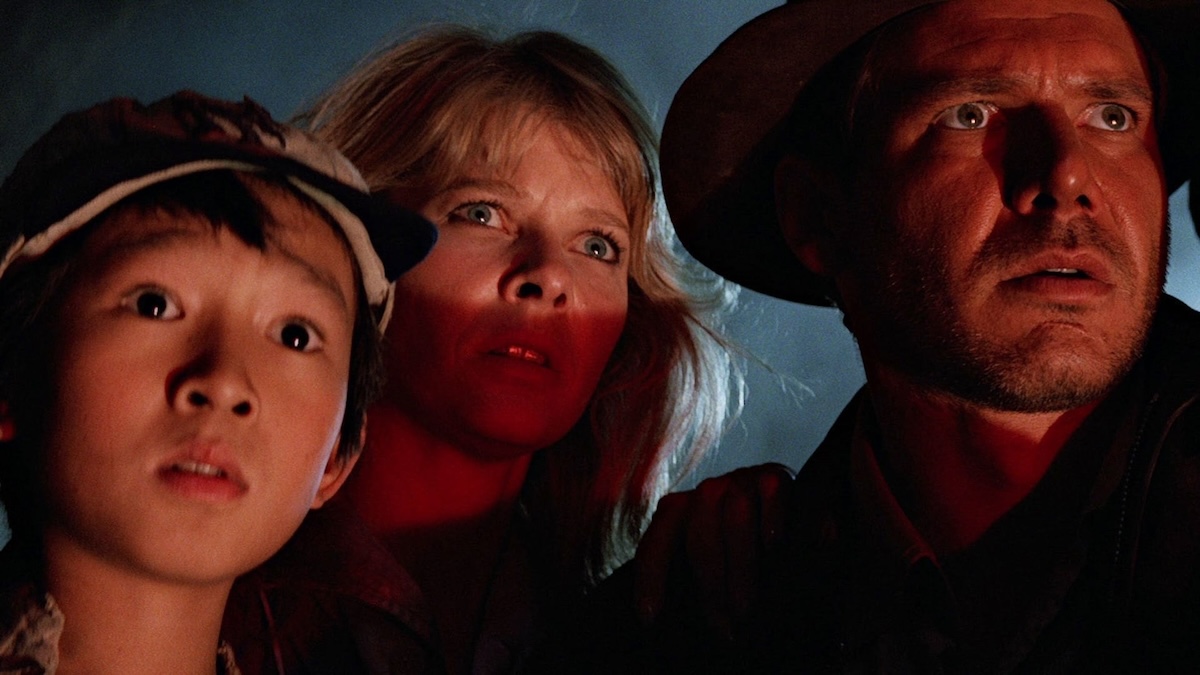
While Spielberg and the censors worried about frightening children, they had no qualms about offending other cultures. The portrayal of Indians, Hindus, and their culture, is so distasteful in this film that it borders on the absurd. What’s worse is that it’s painfully clear no one from the production team cared. When the filmmakers requested permission to shoot some sequences in India, the Indian government requested the removal of some trivial elements of the screenplay that they considered racist and offensive, fearing the film would misrepresent their culture. Instead of agreeing to this, the production shot the necessary sequences in Sri Lanka.
One example of this can be found in the dinner scene. Here, Hindus are shown eating beetles, live eels inside a snake’s carcass, monkey brains, and, of course, eyeball soup. As government officials warned the production, such a meal would never be served in India, let alone in a Hindu household. This is because, apart from the fact it doesn’t reflect Indian cuisine in the slightest, most Indians are vegetarian. However, according to screenwriter Gloria Katz, Spielberg and Lucas wanted to make the dinner seem as outrageously gross as possible. Eyeball stew it is, then.
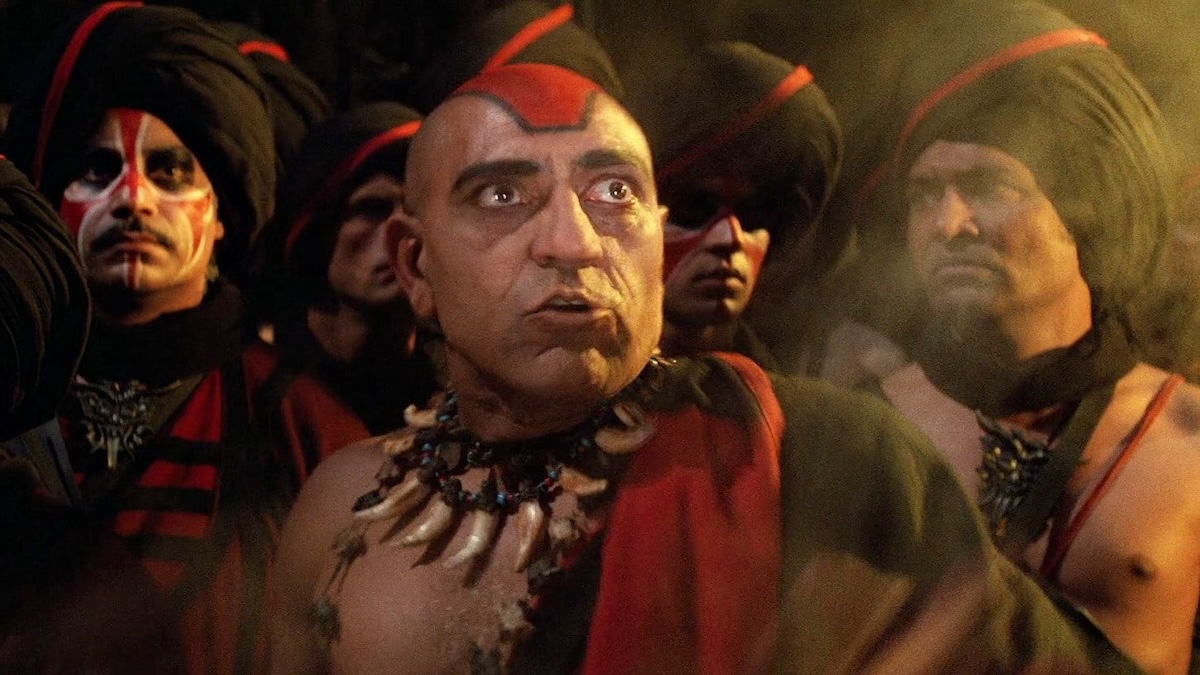
Another example of this film’s flagrant disregard for cultural accuracy is the supernatural use of a voodoo doll, which is absent from Hinduism. While present in some African and Caribbean religions, voodoo practices are not a staple of Indian culture. Unsurprisingly, the Indian government was so disrespected by the final film that they subsequently banned it from being screened in India.
Speaking of poorly represented groups, the only woman in the film is essentially a collection of the worst clichés used by writers to create female characters. Willie is shrill, lacking in courage, needy, and utterly helpless without the assistance of her fearless boyfriend. She’s not given much to do in the film at all, and Capshaw herself remarked that Willie was “not much more than a dumb screaming blonde.”
Apart from being a general nuisance to Indy as the helpless damsel-in-distress, she functions as his obligatory love interest for this adventure. Their belligerent relationship feels both forced and utterly unromantic, fitting the model of the feisty, borderline abusive courtship style prevalent in 1980s media. This approach to romance has its roots in the screwball comedies of the 1930s, with It Happened One Night (1934) and Bringing Up Baby (1938) being prime examples of how to execute a scintillating love-hate dynamic. However, unlike some of its superior counterparts, Ford and Capshaw demonstrably lack chemistry, likely due to Willie’s complete dearth of personality.
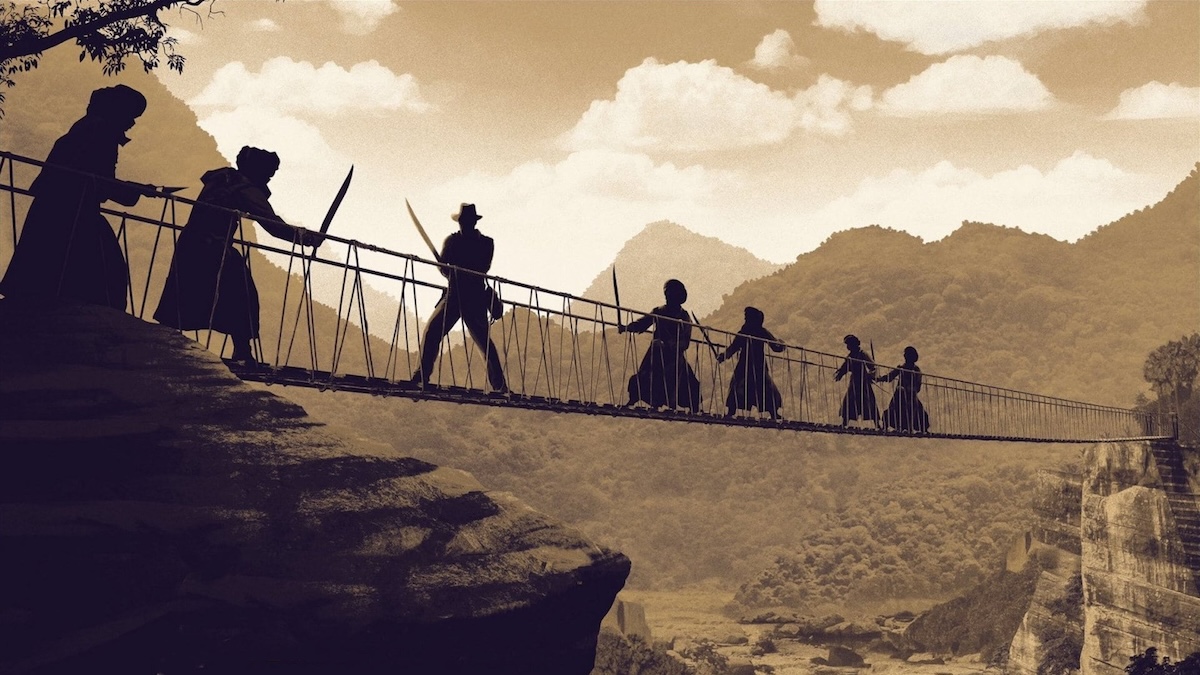
Ultimately, screaming is Willie’s defining characteristic. Indeed, Capshaw had to screech so much that Spielberg himself had to teach her how to do it effectively. And scream she does, a total of 71 times (one can only pity whoever had to sit down and count them all). This makes her one of the most irritating characters in the film. It’s a real shame, as it’s clear—both from her performance and subsequent interviews—that Capshaw wasn’t taken with the character at all.
Perhaps due to some of these unfavourable aspects, the film is often cited as the weakest in the original trilogy. However, some don’t think it’s quite the ugly duckling that history makes it out to be. Though I’ve been criticised for voicing this opinion, I consider this film to be just as good as the first instalment, which I perhaps watched too late in life to appreciate fully. Some even consider this film to be the best of the entire franchise, with Quentin Tarantino being a staunch advocate in this camp; the eccentric auteur has even gone so far as to claim that this is Spielberg’s second-best film, only surpassed by Jaws (1975).
Of course, that’s madness. The New Hollywood director has directed so many classics—both in the 20th and 21st centuries—that I wouldn’t put any entry in the Indiana Jones franchise in a list of his Top 10 works. But I think Tarantino’s strong belief in the film’s artistic merit serves to show how unfairly this film was criticised upon its release. Or, at the very least, maligned for the wrong reasons.
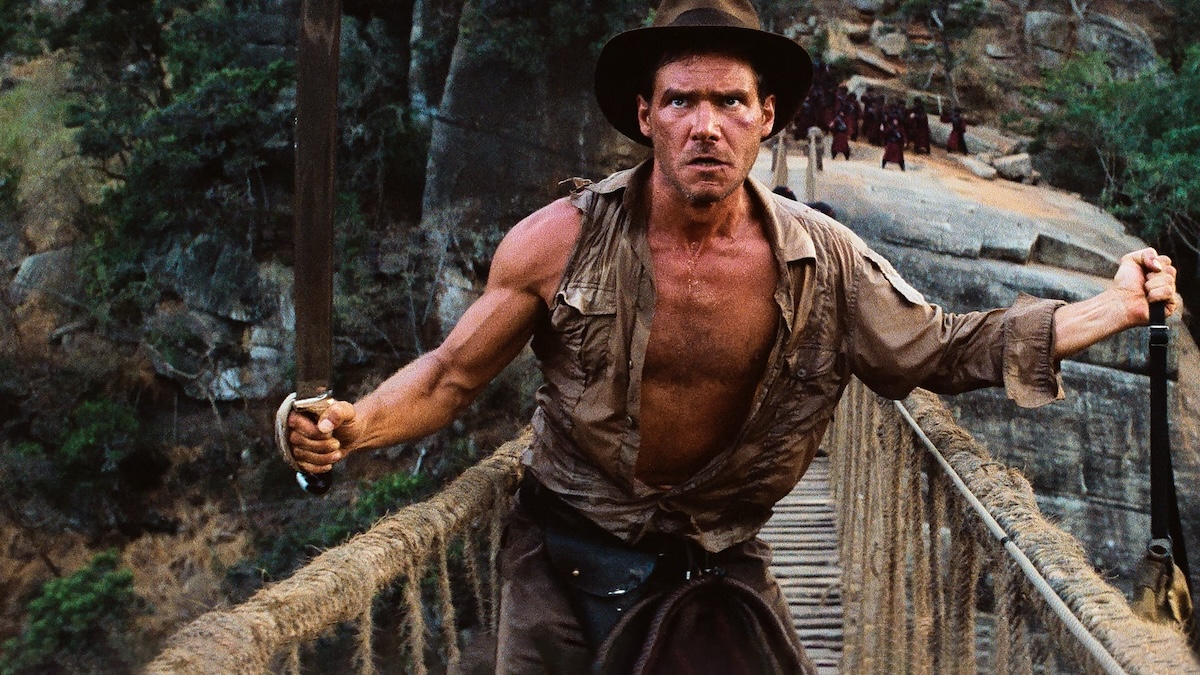
It’s not quite as happy-go-lucky as the first entry, but I’d argue that’s actually to the film’s overall benefit. Raiders of the Lost Ark (1981) is utterly sincere. There’s nothing postmodern about it whatsoever; it features no irony and should be treated purely as a fun adventure romp. It certainly isn’t trying to be anything more than that. Indiana Jones punches Nazis in the face, rescues cultural artefacts from their indigenous populations so they can be safely housed in faraway museums (this wasn’t considered stealing, just yet), and always saves the day to John Williams’ triumphant score.
While I wouldn’t argue that Temple of Doom is anything more than an adventure film either, I do believe the darker elements make it more entertaining on rewatches. Perhaps it wasn’t well-received because it didn’t fit the light-hearted atmosphere of 1980s action films, but it feels right at home today. There’s a much greater sense of threat in the second entry compared to Raiders of the Lost Ark, where Indy appears almost immortal—-anyone else want to discuss how he survived clinging to the outside of a submarine crossing the Pacific? Of course, his on-screen chemistry with Karen Allen is sorely lacking in the second film, so comparisons between the two ultimately come down to a matter of personal preference.
Overall, Indiana Jones and the Temple of Doom manages to be a fun adventure film at times. However, that’s probably the extent of its merits. If you’re simply after a bit of light entertainment, it’s still diverting. Nevertheless, the cartoonish portrayal of other cultures becomes tiresome and insensitive, while the lack of strong, believable characters makes the film drag at times. Fortunately, the thrilling mineshaft chase would likely translate into a fantastic rollercoaster ride – just don’t eat any eyeball soup before riding.
USA | 1984 | 118 MINUTES | 2.39:1 | COLOUR | ENGLISH • SINHALA • HINDI

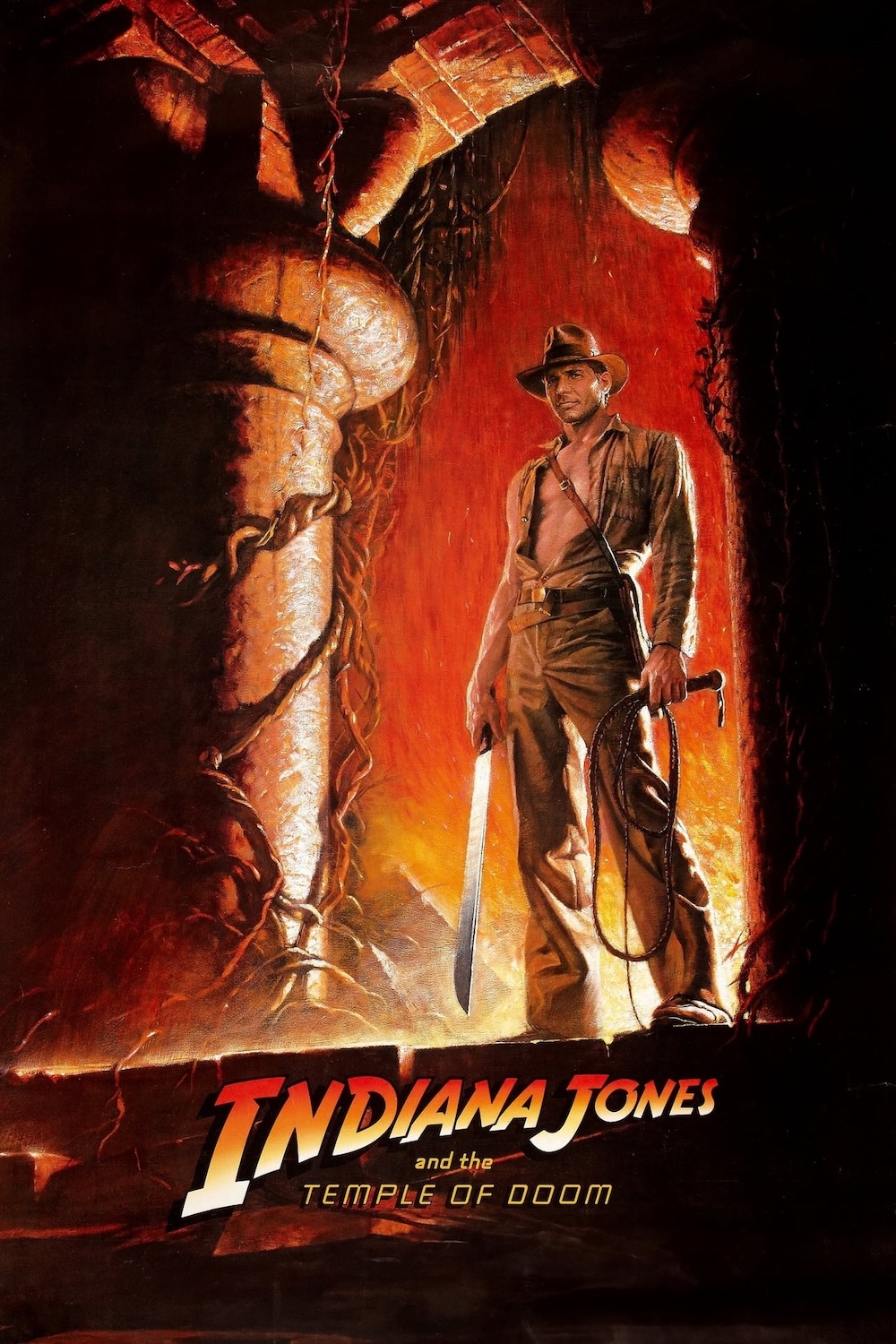
director: Steven Spielberg.
writers: Willard Huyck & Gloria Katz (story by George Lucas).
starring: Harrison Ford, Kate Capshaw, Amrish Puri, Roshan Seth, Philip Stone & Ke Huy Quan.
